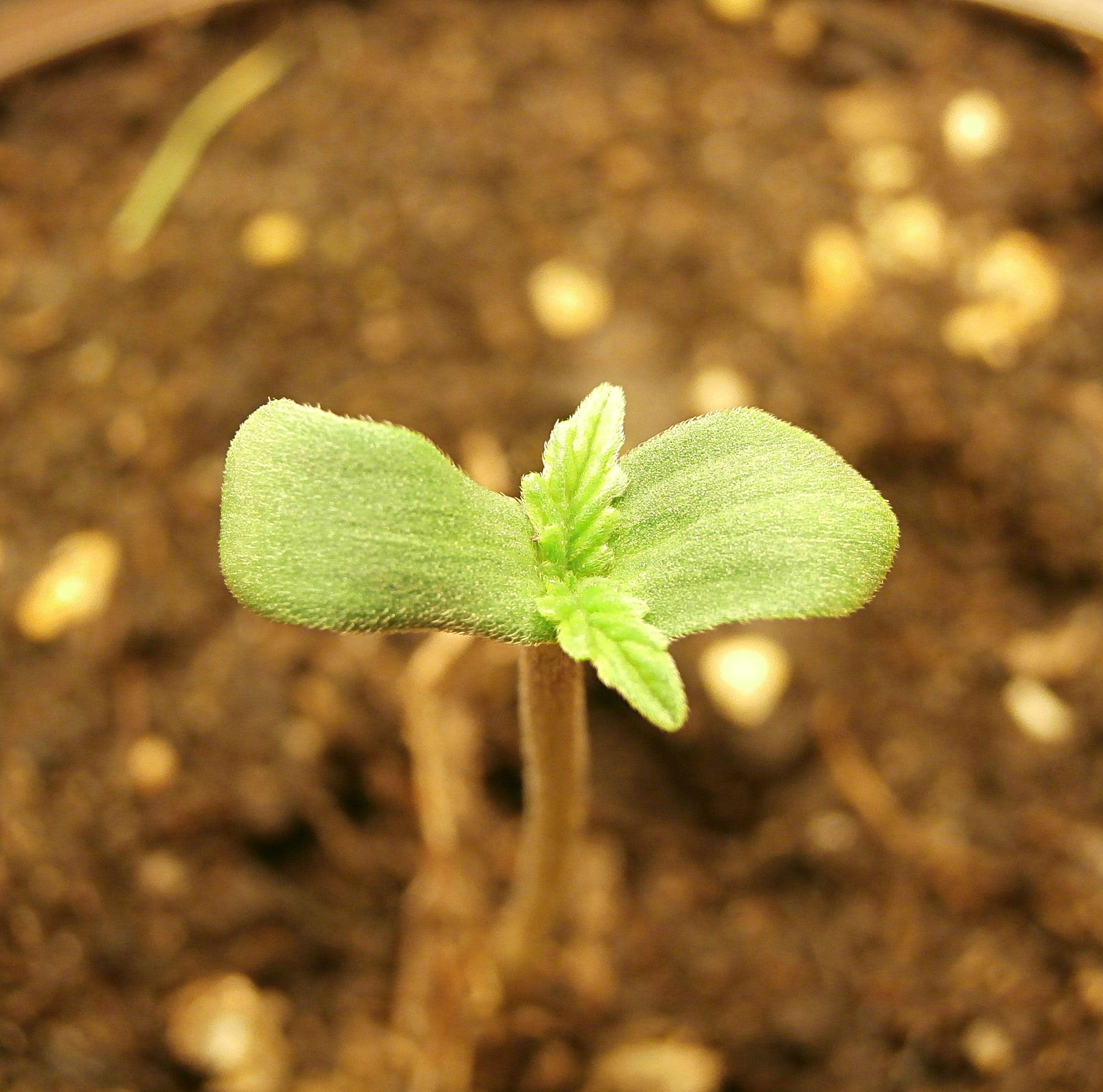In the realm of agriculture, the defense of special genetic strains is a vital part that makes sure the variety and resilience of crops. Cannabis, frequently referred to as the “environmentally friendly gold,” is no exception to this basic principle. As the cannabis sector continues to burgeon, it becomes imperative to figure out and safeguard the varied genetic strains that add to the plant’s loaded tapestry. This article delves into the significance of preserving one of a kind genetic strains in cannabis seeds and the steps expected for their protection.
The Worth of Genetic Diversity:
Genetic range is the foundation of a robust and adaptable plant species. In the scenario of hashish, genetic variety contributes to the plant’s potential to resist pests, illnesses, and environmental stressors. In addition, it performs a pivotal function in creating strains with unique cannabinoid and terpene profiles, catering to numerous buyer preferences and medicinal requirements.
Preserving unusual and exceptional genetic strains makes sure the availability of a wide spectrum of attributes in the hashish gene pool. Visit Website is vital for developing new types that can prosper in various climates, provide unique therapeutic rewards, and offer a varied range of sensory activities for end users.
Difficulties to Genetic Diversity:
Even with the inherent value of genetic variety, various difficulties threaten the preservation of special hashish genetic strains. The major problem lies in the authorized and regulatory landscape bordering hashish cultivation. Stringent regulations and limitations on the cultivation, distribution, and trade of hashish seeds hinder the free of charge movement of genetic product across borders.
In addition, the rise of huge-scale business cultivation and the dominance of a couple of well known strains pose a risk to the proliferation of lesser-recognized, distinctive genetic types. Without the need of ample safety, these strains could turn out to be extinct or marginalized, resulting in a reduction of worthwhile genetic means.
The Part of Intellectual Assets Legal rights:
Intellectual assets legal rights (IPR) engage in a vital position in safeguarding one of a kind genetic strains. By obtaining patents or plant breeders’ legal rights, breeders and cultivators can protect their creations, incentivizing innovation and investment in the cannabis field. Having said that, the software of IPR in the cannabis sector is intricate, with variations in authorized frameworks across distinctive jurisdictions.
Some nations around the world and locations have embraced the security of hashish-relevant mental assets, whilst many others manage rigorous prohibitions. Setting up a standardized and globally acknowledged framework for the defense of hashish genetic strains can aid the growth of a sustainable and impressive field.
Community Engagement and Ethical Things to consider:
Preserving exclusive genetic strains is not only a legal or regulatory challenge—it also consists of ethical things to consider and group engagement. Numerous classic cannabis cultivators and indigenous communities have been the stewards of exceptional genetic strains for generations. Recognizing and respecting their contributions to the cannabis gene pool is essential for sustainable and equitable advancement.
Encouraging fair trade methods, respecting classic know-how, and involving area communities in conservation endeavours are crucial techniques in making certain the moral preservation of hashish genetic diversity. Collaborative initiatives concerning field stakeholders, scientists, and community communities can foster a extra inclusive and accountable tactic to genetic strain defense.
The Position of Seed Banks:
Seed banks engage in a pivotal role in the conservation and distribution of cannabis genetic substance. These repositories store a numerous array of seeds, acting as a safeguard versus loss thanks to organic disasters, conflicts, or regulatory modifications. Seed financial institutions also provide as useful assets for breeders and scientists seeking to develop new and resilient cannabis versions.
Public and private seed banking institutions, doing the job in conjunction with international organizations, can add to the world wide energy of preserving exceptional genetic strains. Collaboration and information-sharing among the seed banks can aid establish a extensive database of cannabis genetic range, making sure its accessibility for foreseeable future generations.
Conclusion:
The security of exclusive genetic strains in hashish seeds is not just a subject of preserving biodiversity—it is a safeguard for the future of the hashish business and its likely contributions to medication, agriculture, and shopper nicely-remaining. Balancing lawful frameworks, moral considerations, and local community engagement is crucial for creating a sustainable and inclusive solution to genetic strain protection.
As the hashish landscape carries on to evolve, it is our collective duty to cultivate a conscious and ahead-pondering industry—one that values the richness of genetic diversity and assures the longevity of the environmentally friendly gold.


Add Comment